Mussels strong concern for Flathead Lake
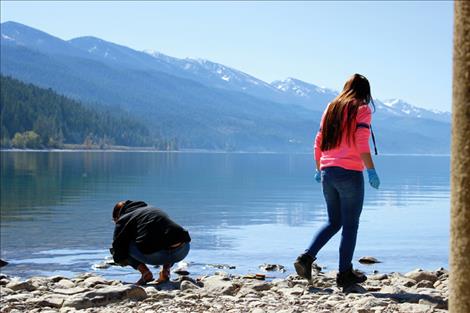
Kent Luetzen
Selena Tarang searches the shoreline of Blue Bay for any presence of invasive mussels. None were found.

Kent Luetzen
Michael Durglo, center, encourages students to become involved in keeping the mussel-free waters of Flathead Lake crystal clear.

Kent Luetzen
Kyra Aimsback examines a rock in search of tiny aquatic invaders.
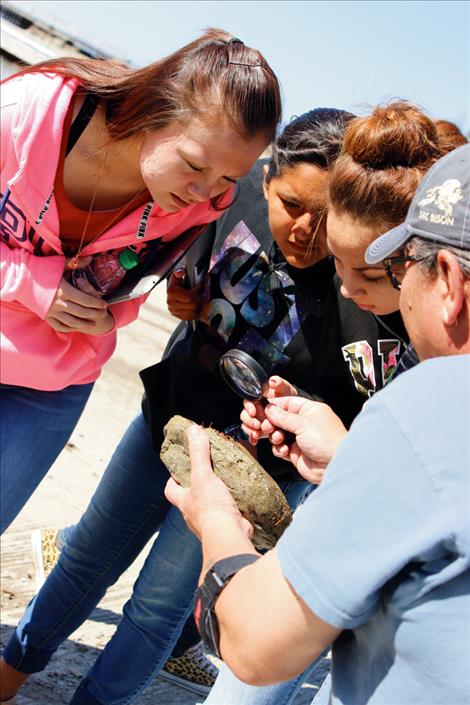
Kent Luetzen
Invasive mussels can attach to rocks and reproduce millions of eggs. No mussels were found during the student search.

Kent Luetzen

Kent Luetzen
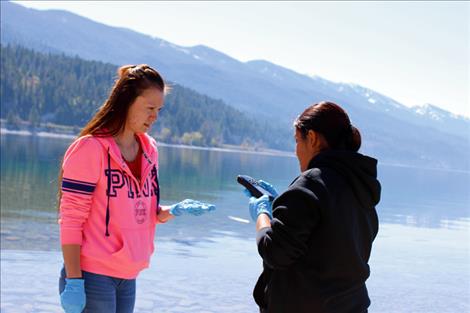
Kent Luetzen

Kent Luetzen
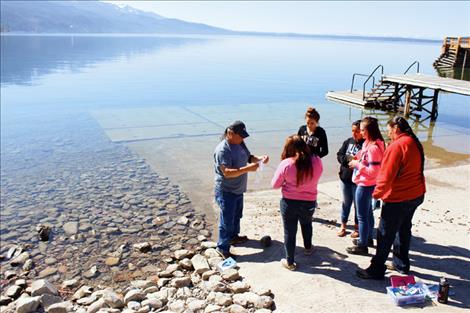
Kent Luetzen
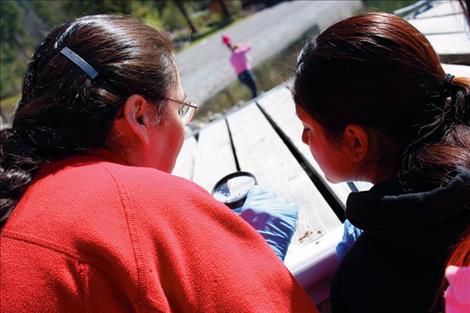
Kent Luetzen

Kent Luetzen

Kent Luetzen

Kent Luetzen

Kent Luetzen
Issue Date: 4/27/2016
Last Updated: 4/30/2016 9:20:17 PM |
By
Kent Luetzen
Keep Reading!
You’ve reached the limit of 3 free articles - but don’t let that stop you.















